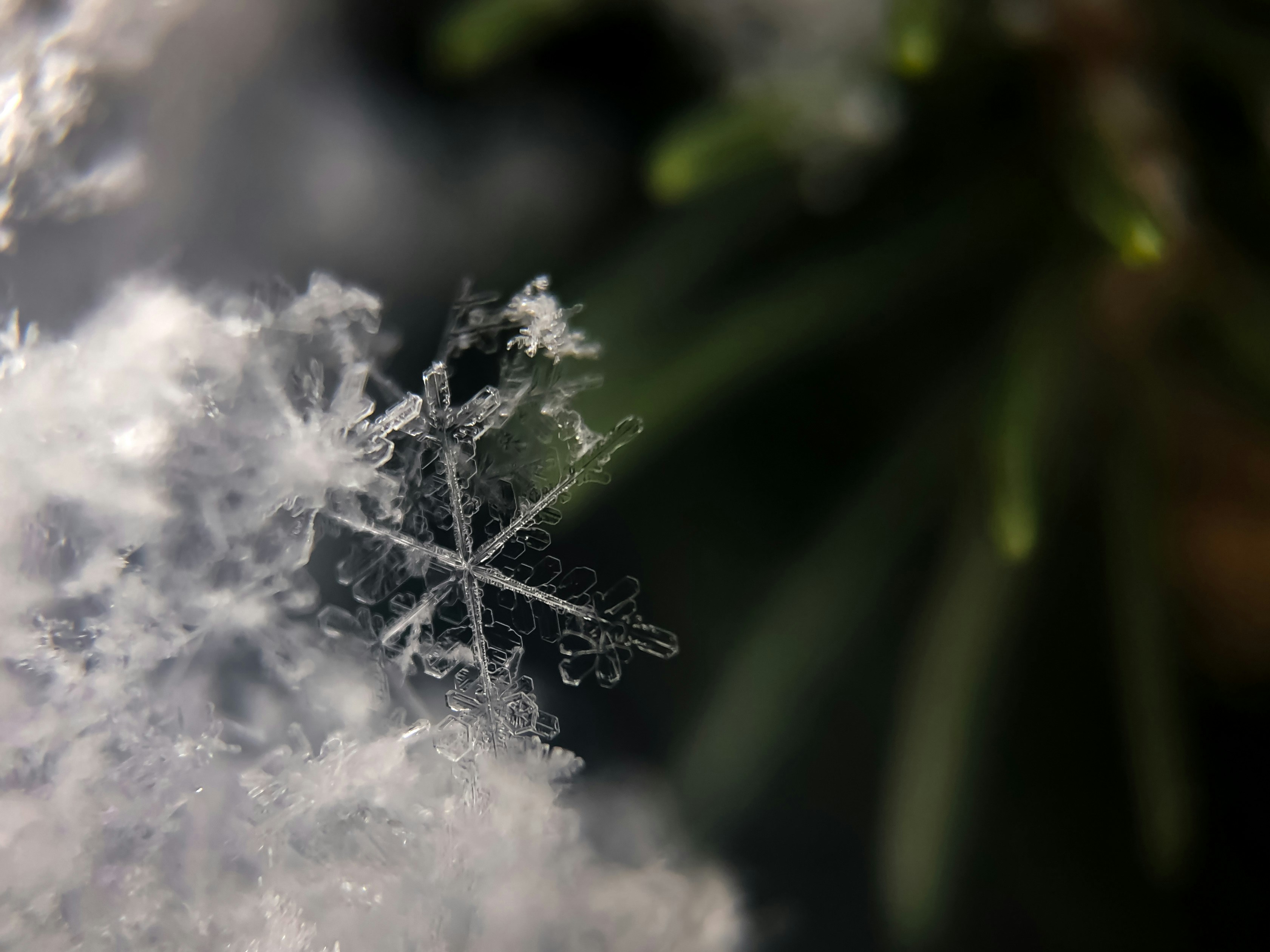Have you ever wondered how stepping into the cold could affect your body’s internal processes, particularly your blood circulation? Imagine that invigorating chill as an activator, a switch that turns on various complex responses in your body. This exploration into the cold is more than just a test of your willpower; it’s about unraveling the science and understanding its effects on your blood flow and overall health. Through these words, you’ll discover why some people embrace the practice of cold exposure and how it could potentially influence your well-being.
Understanding Cold Exposure
Cold exposure refers to the practice of exposing your body to cold temperatures deliberately. This could be through activities like ice baths, cold showers, or even spending time in a cold environment. While it may seem daunting to some, cold exposure is steeped in tradition across various cultures, often celebrated for its potential health benefits.
A Brief History of Cold Exposure
Historically, humans have been ingeniously adapting to cold environments. From the stoic Viking swim traditions to the Japanese Misogi purification, cold exposure has long been seen as a path to physical and spiritual resilience. These traditions are not just about survival; they hold insights into how cold might shape your body’s systems.
The Science Behind the Chill
At the core of cold exposure and its effects is the body’s thermoregulatory response. When you expose yourself to cold temperatures, your body kicks into high gear to maintain its core temperature. This response involves the constriction and dilation of blood vessels, impacting blood circulation. But why does this happen, and what does it mean for you?
The Mechanisms of Blood Circulation
Understanding how cold exposure impacts your blood circulation first requires a grasp of how blood circulates in normal conditions. Your circulatory system, a vast network of vessels, regulates the flow of blood to provide oxygen and nutrients to your tissues while removing waste products.
The Pathway of Blood Flow
Your heart acts as the pump that propels blood through a cycle. It travels through arteries, arterioles, and eventually reaches the capillaries, where the exchange of gases and nutrients occurs. After this, blood collects in venules and veins to return to the heart and lungs. This continuous loop is essential for maintaining homeostasis and supporting metabolic processes.
The Impact of Cold on Blood Vessels
When exposed to cold, vasoconstriction occurs, a process where blood vessels narrow to conserve heat for vital organs. While this helps maintain your core temperature, it can initially reduce blood flow to the extremities. As a counter-response, once warmed, vasodilation happens, increasing blood flow and potentially enhancing circulation in a longer-term context. This dynamic adjustment could play a role in improving vascular function over time.
Physiological Effects of Cold Exposure
The physiological impact of cold exposure extends beyond the immediate sensation of being cold. It’s a complex interaction that triggers various bodily responses aimed at adapting to the stressor.
The Role of Adrenaline
Cold exposure often results in a release of adrenaline, a hormone that prepares your body for “fight or flight.” This release accelerates your heartbeat and respiratory rate, supporting additional oxygen transport and nutrient delivery through your blood. In some ways, adrenaline primes your circulatory system, potentially leading to beneficial adaptations.
Brown Fat Activation and Metabolism
One of the more surprising effects of cold exposure is the activation of brown adipose tissue, or brown fat. Unlike white fat, brown fat is metabolically active and generates heat by burning calories. Its activation through cold exposure can lead to improved insulin sensitivity and assist in maintaining blood sugar levels, indirectly supporting metabolic functions tied to better blood circulation.
Cold Exposure and Cardiovascular Health
Cold exposure could offer several cardiovascular benefits rooted in the interplay between stress and adaptation. By challenging your body, you might just be training your cardiovascular system for greater efficiency and resilience.
Strengthening the Heart
Regular exposure to cold may conduce to enhancing heart muscle efficacy over time. The practice can increase your heart’s endurance by promoting better blood circulation and oxygen uptake, potentially reducing risks associated with cardiovascular disease.
| Benefit | Effect on Body |
|---|---|
| Increased Endurance | Stronger heart muscle and function |
| Lower Resting Heart Rate | Enhanced efficiency in blood flow |
Potential for Blood Pressure Regulation
One of the intriguing facets of cold exposure is its potential impact on blood pressure. With improved vasodilation and vessel flexibility, there exists a possibility for better regulation of blood pressure. While more research is necessary, initial findings suggest supportive roles in managing hypertension.
Cold Exposure Methods
Choosing how to expose yourself to the cold can significantly influence your experience and outcomes. Each method offers unique benefits with various levels of intensity.
Cold Showers
Cold showers offer a convenient way to begin your journey into cold exposure. You can start with a comfortably warm shower, then switch to cold for just a few moments. Over time, you may find yourself increasingly tolerating longer durations and lower temperatures.
Ice Baths and Cold Water Swimming
For the more adventurous, ice baths or cold water swimming present a robust approach to cold exposure. They provide intense and effective means of inducing the cold response, requiring commitment and safety precautions. These activities not only potentially enhance circulation but can also invigorate your mental state and mood.
Cryotherapy
Cryotherapy chambers, a modern iteration of cold exposure methods, immerse you in ultra-low temperatures for short periods. While this might be less accessible, cryotherapy has gained popularity for its potential to reduce inflammation and promote faster muscle recovery.
Safety and Precautions
As invigorating as cold exposure may sound, it’s important to approach it with caution and awareness. Knowing how to safely practice can prevent unnecessary risks.
Understanding Your Limits
Gradual exposure is essential. Starting slowly, perhaps with short cold showers, allows your body to adapt and reduces the risk of shock or hypothermia. Listen to your body and back off if you experience extreme discomfort.
Importance of Acclimatization
Acclimatization involves slowly increasing your exposure to cold conditions. This gradual approach helps your body adjust safely, reducing adverse effects and enhancing the benefits you gain from colder climates.
Medical Considerations
Consulting a healthcare provider is prudent, especially if you have cardiovascular conditions or other medical concerns. Finding the right balance that supports your health without over-exerting your body is pivotal.

Psychological Benefits of Cold Exposure
The cold, often portrayed as a relentless force, can serve as a meditative practice for the mind. By venturing into this realm, you might find surprises in terms of mental clarity and resilience.
Building Mental Resilience
Regular cold exposure can be a tool for building mental resilience. It’s a practice in discipline and overcoming discomfort, potentially boosting your confidence and stress tolerance over time.
Enhancing Mood and Alleviating Anxiety
An intriguing reaction to cold exposure is the release of endorphins—your body’s natural “feel-good” compounds. This surge can enhance your mood and reduce symptoms of anxiety, offering a natural way to balance your mental state.
The Community and Culture Surrounding Cold Exposure
You are not alone in this chilling expedition—far from it. There’s a vibrant global community that practices and promotes cold exposure, each culture contributing its unique flavor.
Shared Wisdom and Support
Across the world, enthusiasts gather to share experiences and advice, whether online or in person. This community aspect not only makes the experience richer but can provide valuable insights into effective practices.
Events and Challenges
Participating in organized events or challenges can be an engaging way to integrate cold exposure into your routine. Whether through polar plunges or cold-water swims, these activities foster community spirit while promoting health benefits.

Conclusion
Venturing into the world of cold exposure isn’t just a test of your tolerance to lower temperatures—it’s an exploration of your body’s potentials and limits. By understanding the physiological impact of cold on your blood circulation, you gain insights into a practice steeped in tradition and science. Whether you take an icy plunge or begin with a cool shower, the effects on your circulatory system and mental resilience offer compelling reasons to consider this age-old practice. With caution, curiosity, and community, you can embrace the cold and discover its uniquely invigorating benefits for your life.




